Russian folk costume is known to many Russians at least from fairy tales and pictures. The set of characteristic clothes, shoes and decorations has long been prevalent in the peasant environment. Today, so-called Slavic fabrics are often used in sewing stylized or modern models.
Features of Slavic folk fabrics
Russian folk costume is a traditional set of clothes, shoes and accessories worn by peasants and townspeople. The costume was not uniform and was divided into several types depending on:
- Gender: male and female;
- Age: children, adults, married (for women);
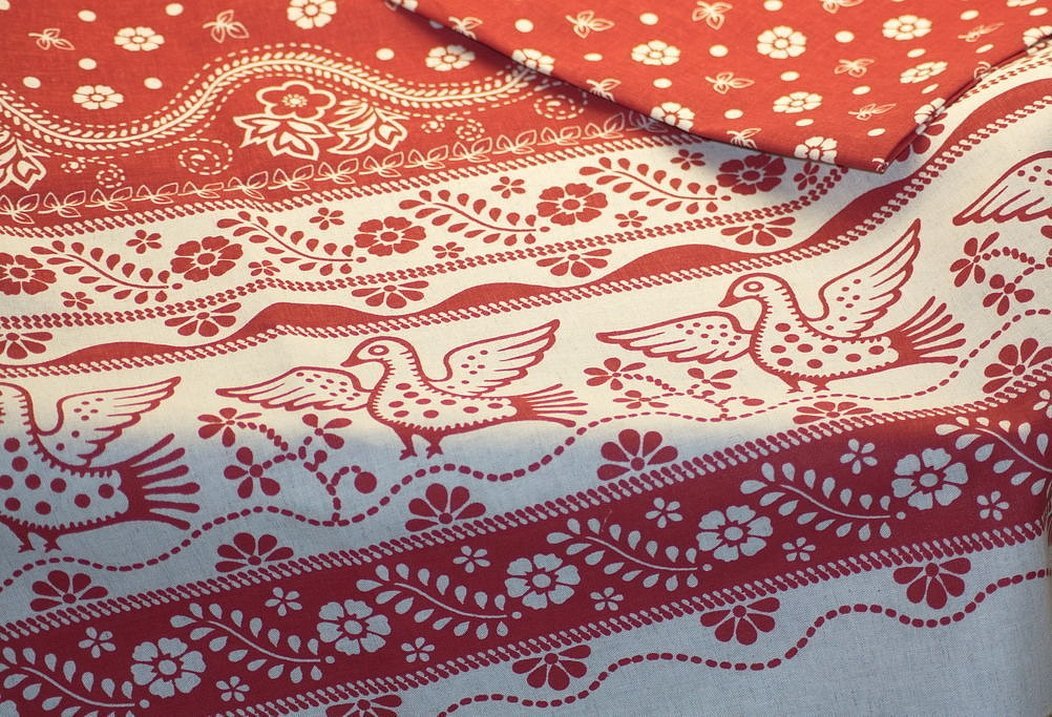
- Purposes: everyday, festive, wedding, funeral;
- Places of residence: each region had its own peculiarities in clothing and decorations. The city dweller's attire differed from the peasant's, the dress of the northerners differed from that of the inhabitants of the southern regions;
- Time: Peter I forbade wearing national costume to everyone except peasants, priests and monks. At the same time, the peasants had no concept of "fashion", that is, clothing did not change.
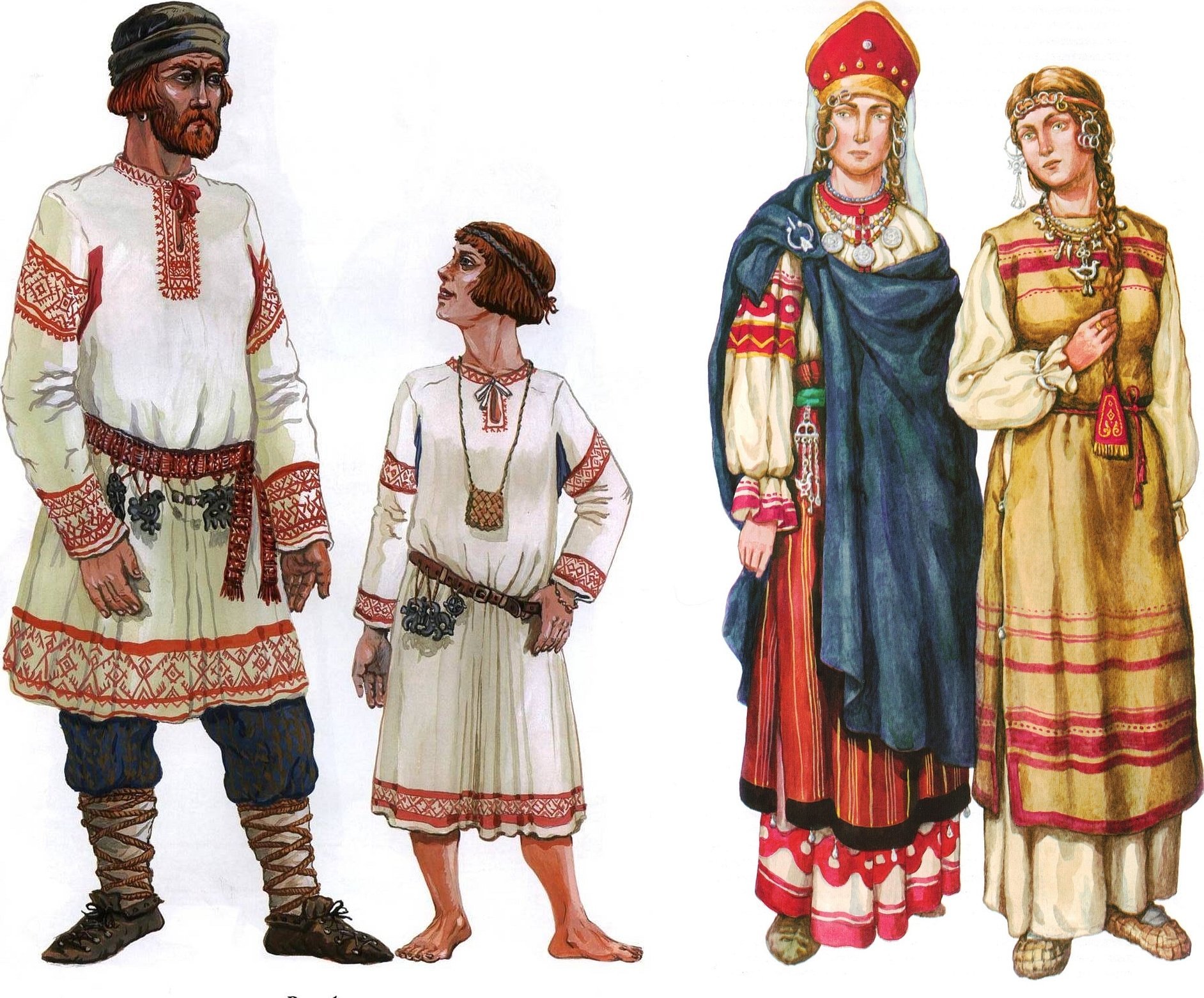
Important! The nobility wore Byzantine-type clothing; from the 17th century, Polish borrowings appeared (caftan, fur coat). Under Peter the Great, Hungarian, French, Saxon and German dress were introduced; the latter was to be worn by women.
The clothes also differed in materials. The Slavs mainly sewed from natural fabrics - linen and hemp (hemp), cloth, velvet and silk clothes were also found. The lining fabric was kindyak - printed paper fabric. Winter clothes were insulated with fur. All fabrics were dyed with natural dyes (flowers, leaves, roots), the colors were bright and saturated. However, undyed fabric of natural color was also often found.
Clothes were decorated with patterns and embroidery, often it was not just a drawing, but a protective amulet. Today it can be repeated on things step by step using a stencil or patterns.

The nobility preferred imported expensive options: brocade, taffeta, satin, silk konovat and moire with gold and silver patterns, velvet (including gold), semi-woolen kutenya, cotton satin, kumach, kitajka and calico. Also used was motley fabric, woven from multi-colored threads.
Assortment of fabrics in stores
Today, in stores and on official websites, you can easily find a variety of natural Russian fabrics. Of course, they will not be made by hand using old peasant methods, but in a factory, but the materials will retain their properties.
Important! Manufacturers add synthetics to some fabrics: this helps to combine the advantages of different types of materials.
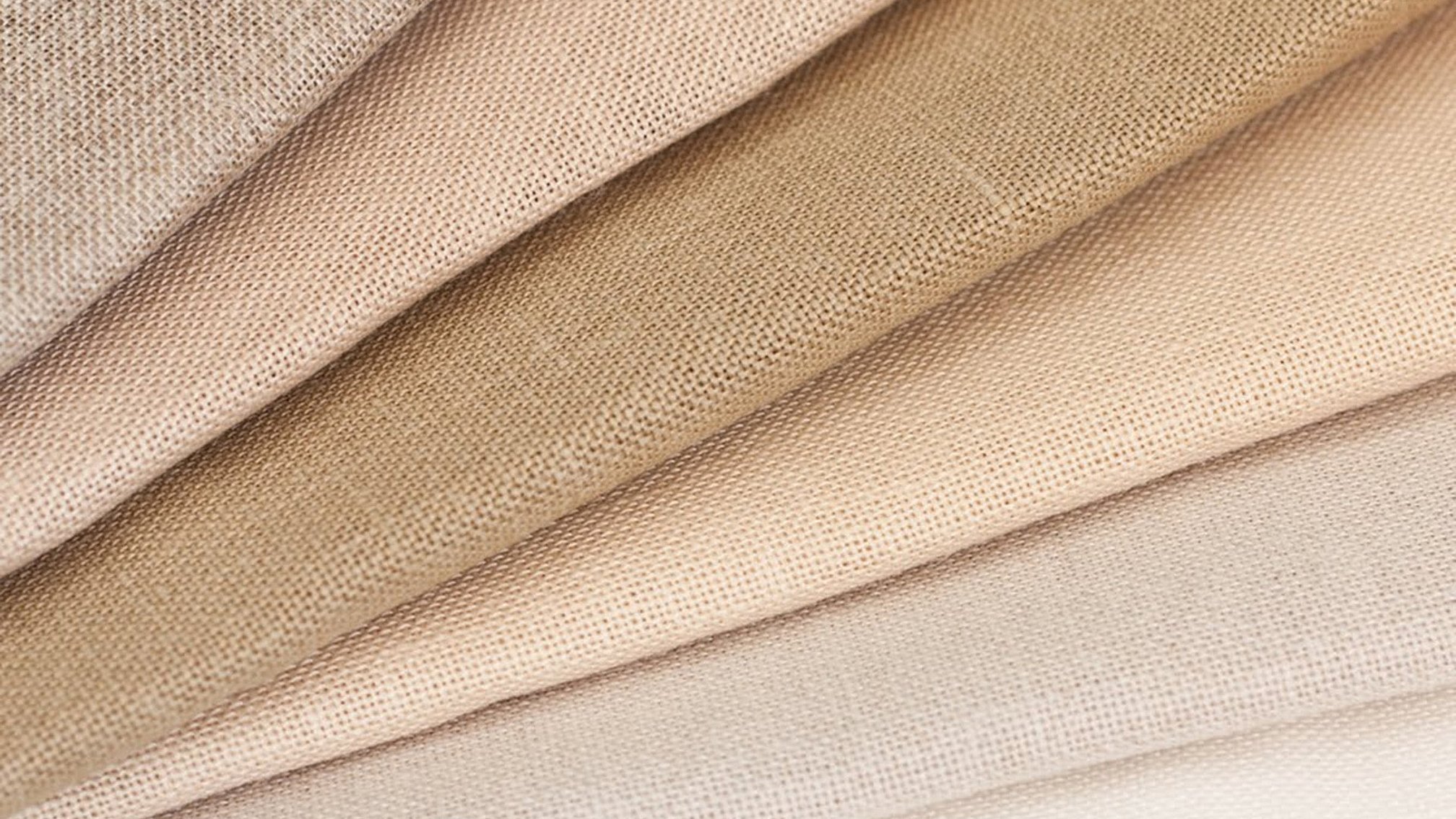
The most frequently asked question by buyers of Russian fabric is flax: wear-resistant material, hypoallergenic and pleasant to wear. It holds temperature well: warms in cold and cools in hot weather. Various things can be sewn from it, but it is worth remembering that the material shrinks when washed and wrinkles a lot. Completely natural linen is usually expensive due to complex production.
Traditional clothes are sewn from the same material – shirts, dresses, sarafans, skirts, tunics. The fabric is painted, the clothes themselves can be decorated with embroidery or appliques.
For warm clothes, you can use cloth. It is not an exclusively "folk" material, it was mainly used in the manufacture of military uniforms, and zipuns and warm outer trousers were also sewn.
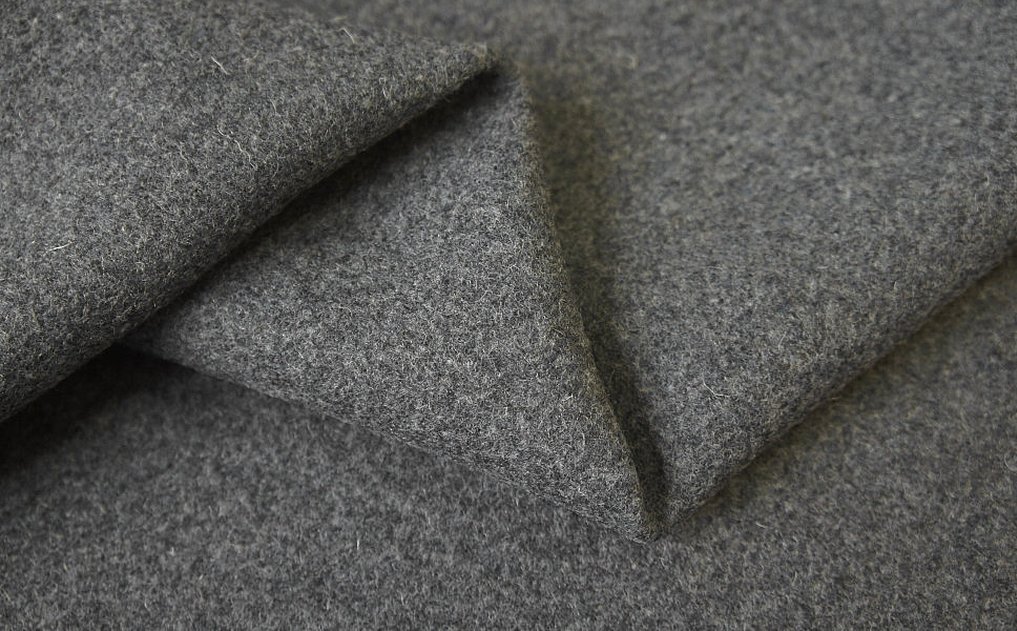
Pros and cons
When mentioning Slavic fabrics, most often we recall all types of natural fabrics: linen and wool, sometimes cotton and silk. Non-synthetic fabrics are still actively used, their demand is explained by their unique advantages:
- Natural fabrics are environmentally friendly, have excellent hygienic properties: breathable, etc. So cotton and linen clothes are great for surviving the hot summer;
- Clothes made from natural fabrics are pleasant to wear: they are soft and comfortable;
- Due to some features, clothes made from natural fabric do not fit the body and do not stretch, it is impossible to sew a completely tight-fitting outfit from it, that is, it will be comfortable and convenient;

- They do not cause allergies and are suitable even for people with sensitive skin and children;
- The material is antistatic: it will not give you an electric shock;
- Natural fabric is durable, holds its shape well, does not stretch or deform with proper care;
- Some materials (like linen) are easy to care for. However, natural materials are more demanding than synthetic ones.
But natural material also has a number of disadvantages:
- Natural fabrics are more difficult to care for than synthetic ones: for example, linen items must be ironed, and they wrinkle very easily. Some materials may shrink when washed;
- If not properly cared for, clothing will quickly lose its shape. For example, wool should be hand washed in cool water and dried on a horizontal surface - otherwise the item will shrink by several sizes;
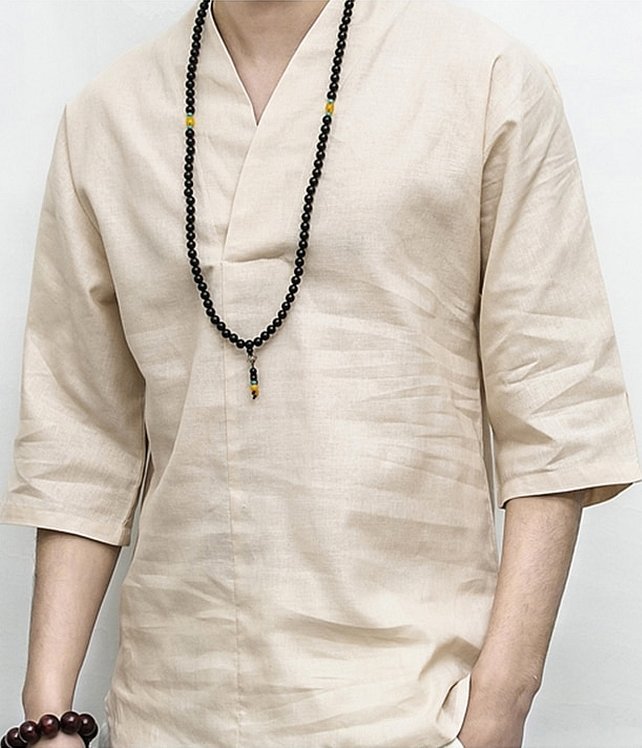
- With prolonged wear, the color may fade or fade in spots. If not washed correctly, silk may fade, stain, or become stained;
- Natural fabrics do not stretch: some models cannot be sewn from them, and clothes of the wrong size may be uncomfortable;
- On natural materials, sewing errors are more visible;
- Natural fabrics are usually less wear-resistant.
Reviews of fabrics
However, the disadvantages do not frighten those who like natural materials.
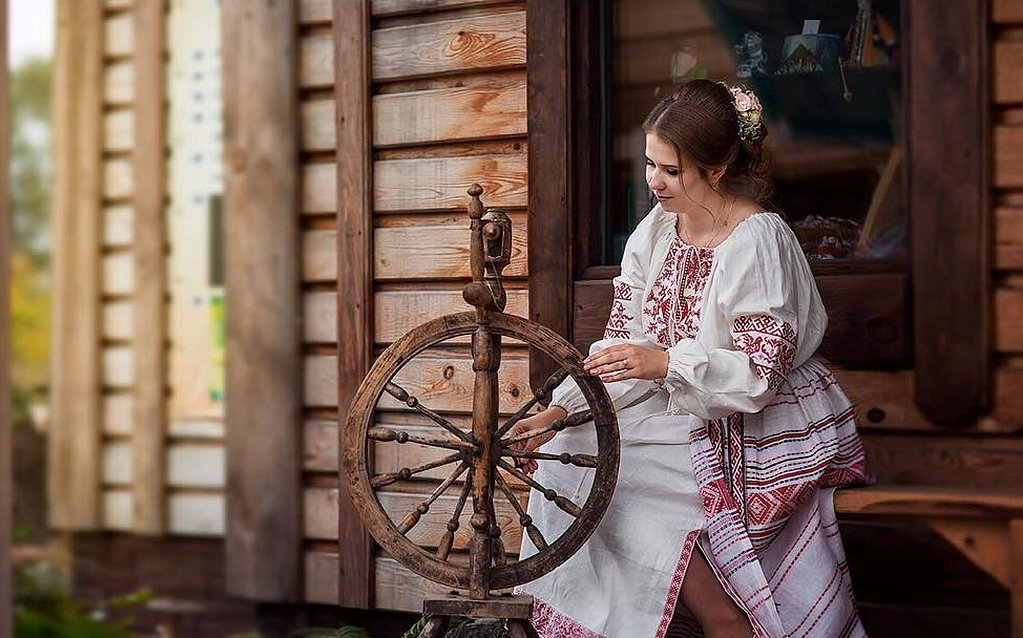
"I love Russian culture and especially peasant clothing. Not long ago I decided to fulfill a long-standing dream and have a master sew a full outfit: with an undershirt, a sarafan, etc. I had to suffer a little with the search for natural linen, but it was worth it: despite the multi-layered nature, it is not hot or stuffy in the full outfit in the summer, it is easy to walk, the fabric is pleasant and soft. Minus: it wrinkles very much, sits on the grass and you can go and iron it again." Olga.
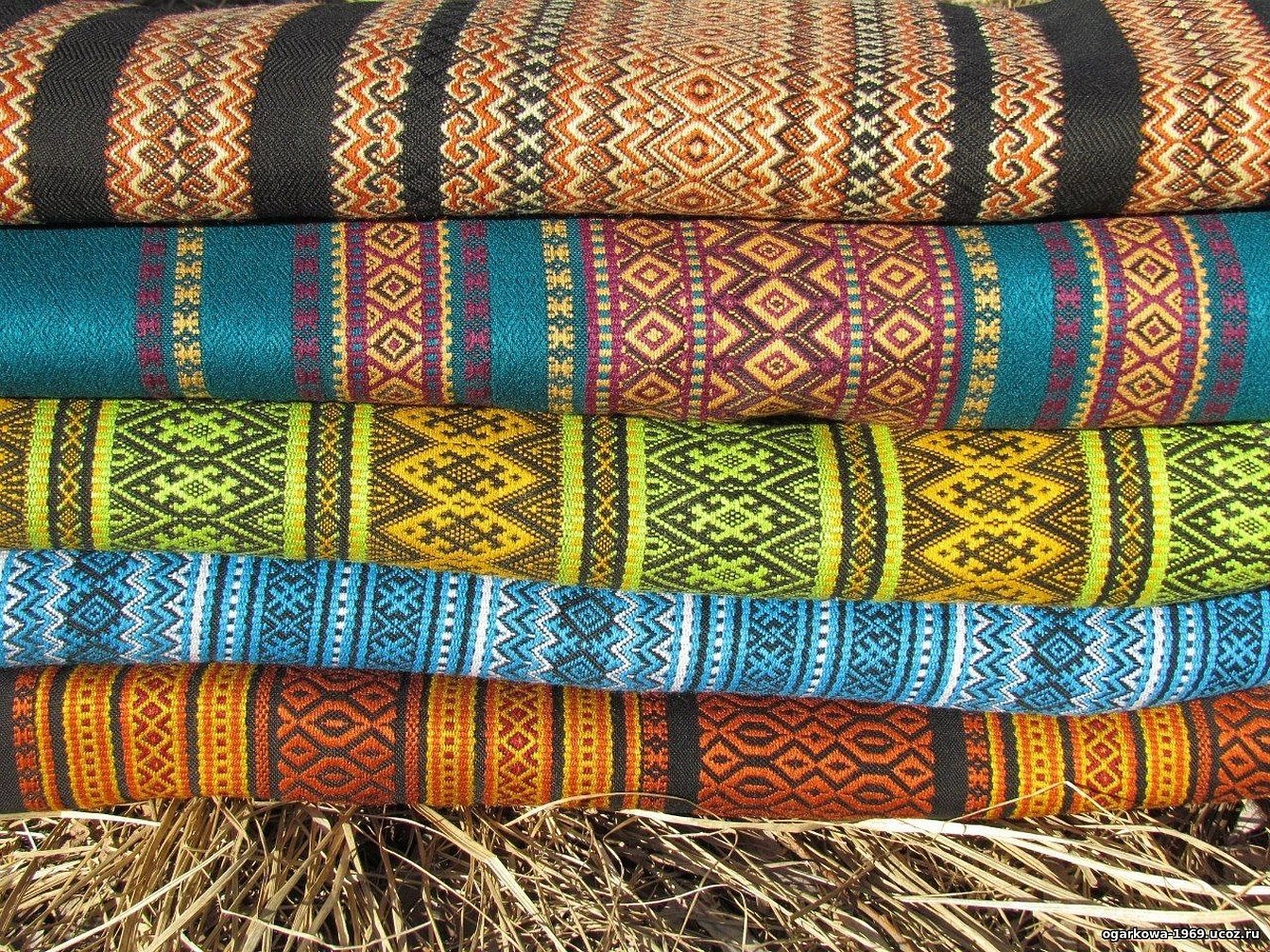
"I love natural fabrics, in hot summer linen or cotton clothes are a salvation. The body breathes in them, it is not hot, the styles are usually not tight-fitting, but more free. Unfortunately, linen items are more difficult to care for than regular synthetics: it is better to wash on the "delicate" mode, do not wring, avoid direct sunlight and iron a lot, as linen wrinkles incredibly strongly.
In the end, I had to give up almost all linen clothes (I don’t have time to iron so much). However, a year ago I managed to buy a large piece of untreated linen, from which I made a wonderful tablecloth and napkins for the dacha. They look stylish, are easy to wash, and require little ironing." Inga.
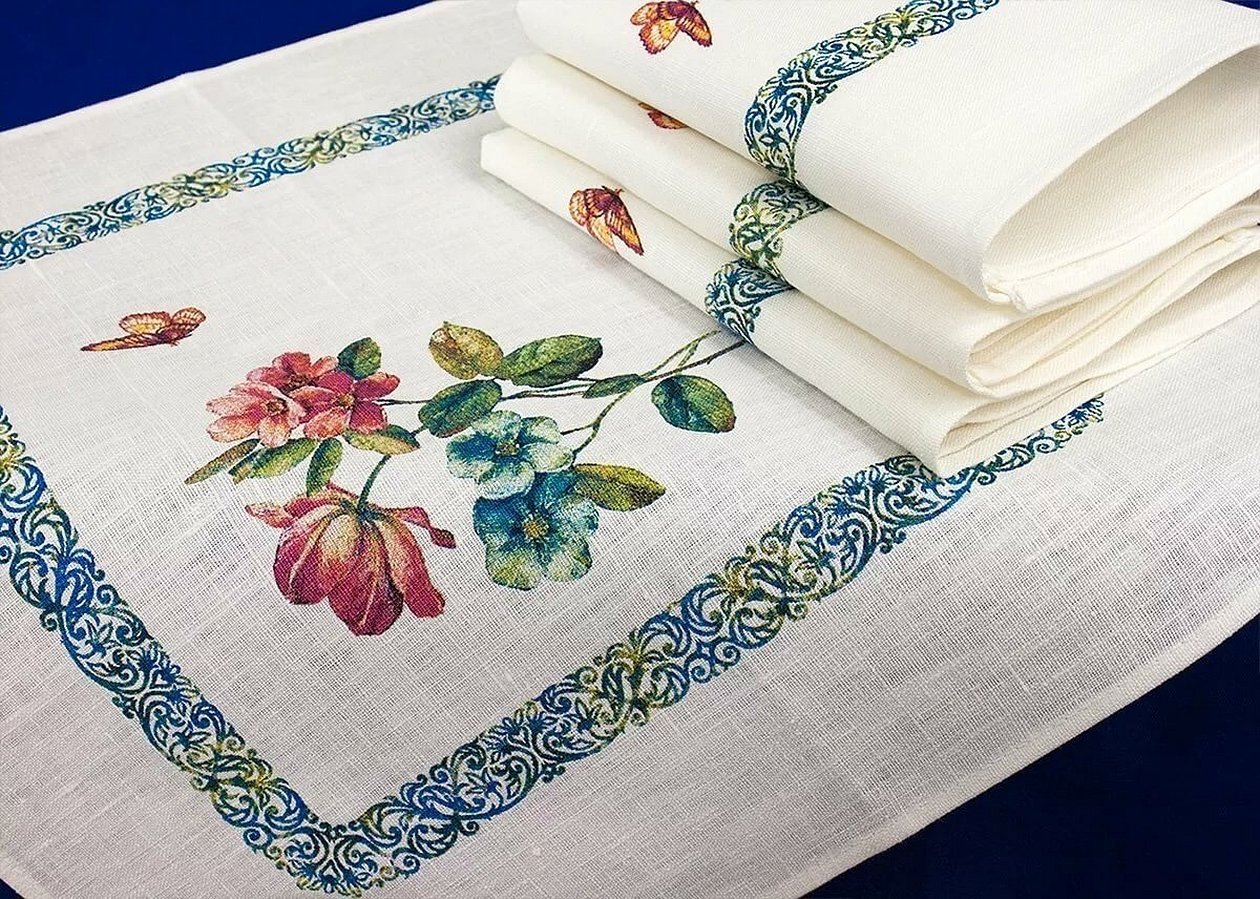
Slavic fabrics are closely related to folk costume: this is a traditional material from which peasants mainly sewed clothes. Natural fabrics were used, usually flax (dyed and undyed), the clothes themselves were additionally decorated with embroidery and patterns. Today, modern and stylized clothes are sewn from such fabrics.




